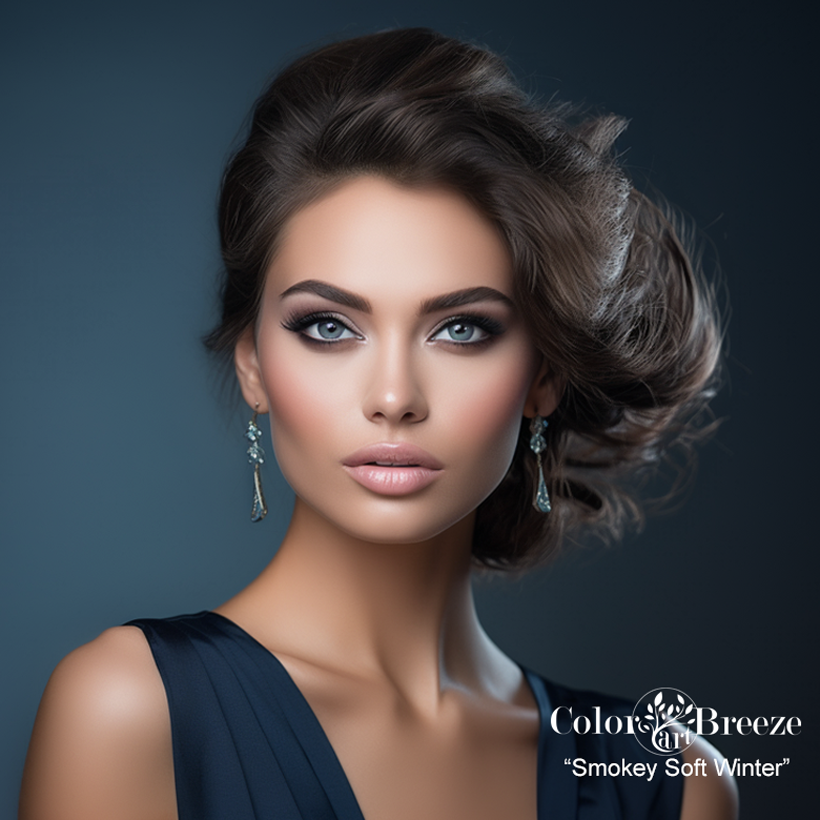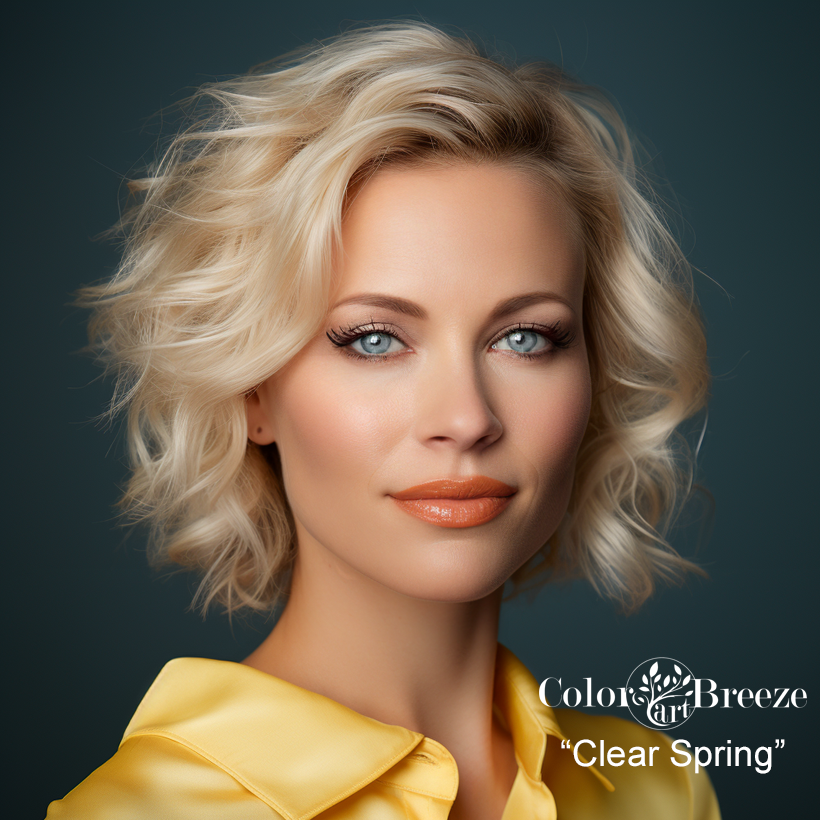What's in a Name?
Understanding the ColorBreeze Season's Names
What's in a name of color analysis seasons? For my ColorBreeze seasons, there is a definite logic for the names I chose.
I've mentioned before that some color analysis companies are moving away from 'seasonal' names. They say it's outdated. Instead of, say, Deep Winter, they might call it "Cool, Clear, Deep.”
Some people just come up with their own system entirely.
But I embrace the seasonal names.
And here's why: they match beautifully to the north American weather seasons. And when someone can associate something with nature, that is powerful.
Everyone can picture some variation of the photos below when any of the four seasons are mentioned.

This is why I am sticking with the traditional seasonal names.
With my much more advanced ColorBreeze System, I did need to add a few more names to some of the newer seasons.
What's in a name for my ColorBreeze seasons
Here is some advice on how to decipher the newer 3-adjective-named seasons: Read the name from right to left.
For the Sunlit Soft Summer, for example, the most important aspect of it's name is that it is, first and foremost, a Summer. So, we know it's main season by looking at the name on the right
Next is the fact that its dominant trait is "Soft.” I view my ColorBreeze System as an offshoot of the 12 seasons. So, this is why in my training, I do say that you will need a good understanding of that system to understand the advancements that arose from it. Understanding what a truly soft season looks like first is crucial to understanding variations of it.
The Soft Summer and Soft Autumn were split into lighter and darker versions. And then, those were split into all-cool or all-warm versions, or those with blended temperatures.
The next name is "Sunlit.” Sunlit means what kind of soft summer it is. Sunlit means that this soft summer (whose three main characteristics that Munsell talks about are always cool, light, and muted) is also lighter than the other soft summer (vs. the darker soft summer, which is "toasted"), and it has some visible warmth. This warmth is usually seen in the eyes and hair but can be seen on one skin with a slightly warm overtone.
Here is a photo that illustrates the concept (I do like visuals 😊)

"Backlit" is a term where the sun is behind the subject. In this example, it adds some sunlit highlights to her hair. I like this photo because it beautifully illustrates the "touch of warmth" often seen in these Summers.
Technically, the lady above is a Smokey Soft Summer (Ok, maybe not the best photo to illustrate my point, but it does illustrate that 'touch of softness'). And because I know I will have a few people write me to ask me her season or to inform me that she seems much deeper than a Sunlit Soft Summer, I will explain why she is a Smokey Soft Summer.
Her overall value, especially her eyes, is deeper than lighter. I don't see much visible warmth in her. She is facing against the light; this could be why I don't see any warmth too.

Here is a true Smokey Soft Summer. I love this photo (left) because it reminds me of the exact moment I came up with the concept of "smokey".
I was analyzing someone in person. I never know for sure if it will be one particular color or colors that will be the 'aha' moment for me, or if it will be a multitude of smaller clues that lead me to my conclusion.
But there there was a charcoal blue color I put below this woman's face and that was the moment I knew her season. I envisioned her next to a campfire whose flames were replaced with just light smoke and embers.
Her blue eyes just glowed. She was definitely a Smokey Soft Summer but I didn't have the vocabulary for that yet. I was still using the older 12-season system. But it planted the seed that would eventually develop into my ColorBreeze System.
Anyway, back to seasonal names...
Reading the season’s name from right to left will explain its main season, and then its sub-season.
Here are a few more things to remember about the naming of the ColorBreeze seasons:
- The lighter soft seasons will be called: Sunlit or Dusty; the deeper seasons will be Toasted or Smokey.
- There are no 'toasted springs' because spring is a light season. There are only Sunlit Winters because Winters are deep in value. However, you will find all four in both the Summers and Autumns because those two main seasons run the gamut of both lighter and darker Soft seasons.
Visualizing
I hope this all makes sense. If not, remember to step back a level if it gets too confusing. If you find ColorBreeze too much, go back to the 12 seasons.
But I promise that once you study and are very familiar with this system, you will start to see those other sub-seasons in the ColorBreeze System.


